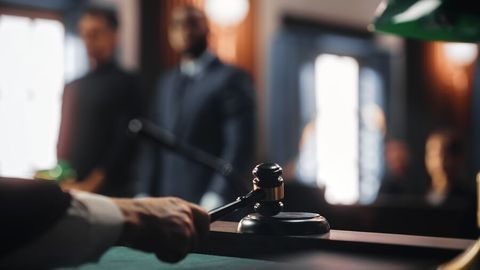Deadline for Costa Rica to Join CAFTA-DR Extended
Client Alert | 1 min read | 11.04.08
Tolling Period on Recovery of Textile/Apparel Import Duties from CAFTA Countries Expected to Begin on January 1, 2009
On August 2, 2005 the United States-Dominican Republic-Central America Free Trade Agreement (CAFTA) was signed into law in the United States. CAFTA is a regional free trade agreement (FTA) among seven signatories (Costa Rica, Dominican Republic, El Salvador, Guatemala, Honduras, Nicaragua and the United States).
For importers/exporters of apparel and textile articles, CAFTA provides an opportunity to enjoy not only preferential access to markets prospectively, but also retroactive duty refunds for qualifying merchandise. Specifically, CAFTA provides for reciprocal duty free access for textile and apparel goods, retroactive to January 1, 2004. To qualify, products must meet the CAFTA's rule of origin and refunds must be requested, processed and compliant with Customs and Border Protection (CBP) regulations.
Requests for retroactive refunds are due 90 days after the last country enters into the agreement. The agreement has been entered into force by all signatory countries, except Costa Rica. Costa Rica approved CAFTA by national referendum in October 2007, but must still implement legislation required to carry out its obligations under the agreement. While progress has been made, the Costa Rican government needs additional time to adopt necessary implementing legislation before CAFTA can enter into force for Costa Rica.
Under CAFTA, Costa Rica was required to implement these laws by March 2008, however, the six current CAFTA countries have agreed to extend the deadline for Costa Rica's entering the agreement until January 1, 2009. Based on this extension, it is expected that the deadline for filing refund claims for originating textile and apparel imports will be April 1, 2009.
Please contact a member of the Crowell and Moring duty recovery team for assistance in quantifying and processing refunds.
Contacts
Insights
Client Alert | 6 min read | 11.26.25
From ‘Second’ to ‘First:’ Federal Circuit Tackles Obvious Claim Errors
Patent claims must be clear and definite, as they set the boundaries of the patentee’s rights. Occasionally, however, claim language contains errors, such as typographical mistakes or incorrect numbering. Courts possess very limited authority to correct such errors. The United States Court of Appeals for the Federal Circuit has emphasized that judicial correction is appropriate only in rare circumstances, where (1) the error is evident from the face of the patent, and (2) the proposed correction is the sole reasonable interpretation in view of the claim language, specification, and prosecution history. See Group One, Ltd. v. Hallmark Cards, Inc., 407 F.3d 1297, 1303 (Fed. Cir. 2005) and Novo Indus., L.P. v. Micro Molds Corp., 350 F.3d 1348, 1357 (Fed. Cir. 2003).
Client Alert | 5 min read | 11.26.25
Client Alert | 6 min read | 11.25.25
Brussels Court Clarifies the EU’s SPC Manufacturing Waiver Regulation Rules
Client Alert | 3 min read | 11.24.25





